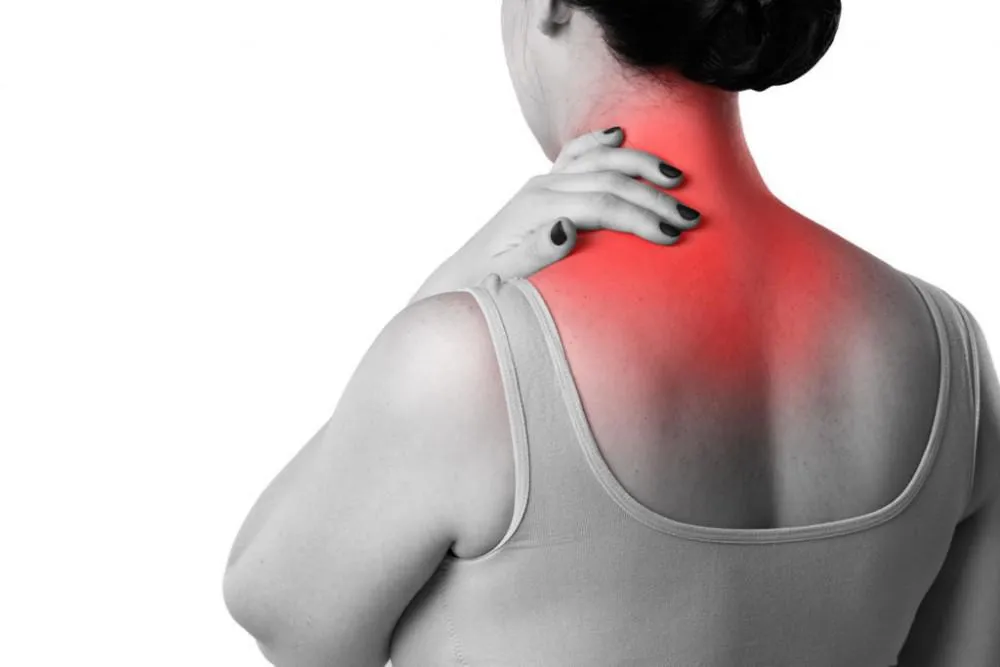Achilles Tendinitis: Symptoms, Causes, Prevention
Achilles tendinitis is a prevalent overuse injury that impacts the Achilles tendon—a critical band of tissue that connects the calf muscles to the heel bone.
Feb. 24, 2024, 5 min read, Articles
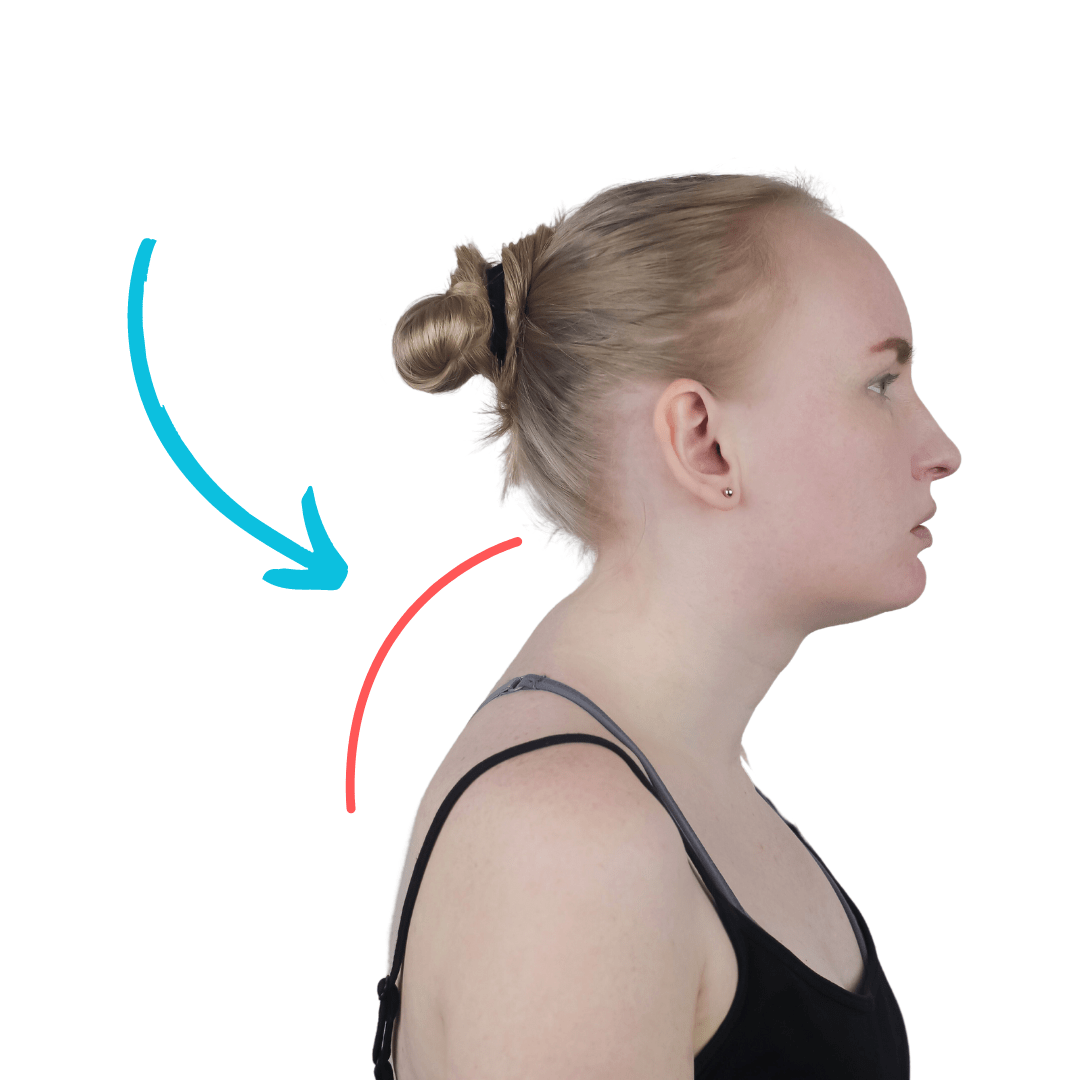
Dowager’s Hump, also known as neck hump or hunchback, is a condition where your upper back curves too much. It can happen to anyone, but it’s often called "dowager’s hump" when older women have a rounded hunch at the base of their neck.
Dowager’s Hump can come from osteoporosis (a bone problem) or bad posture. Bad posture is when you lean forward a lot, especially from using phones and computers. Over time, this habit can make your upper spine curve in a strange way.
Ali Saadati, a Registered Manual Osteopath, Occupational Therapist, and Physiotherapist (International), explains the causes of Dowager’s Hump and how to prevent it. With an increasing number of people leaning forward due to screen usage, understanding this condition becomes crucial.
The primary culprit behind Dowager’s Hump lies in poor posture. Weak upper back and neck muscles, coupled with tight muscles in the neck and chest, collectively contribute to the development of the characteristic forward-leaning humped posture.
Particularly prevalent in women during menopause due to hormonal changes, osteoporosis significantly increases the risk of vertebral compression fractures. This heightened risk intensifies the prominence of the hump.
Gradual loss of spinal structure and function, often associated with aging, arthritis, tumors, and infections, plays a role in the development of Dowager’s Hump. These changes contribute to alterations in the spine's natural curvature.
Infections, fractures, tumors, and various spinal abnormalities can alter the shape of the spine, contributing to the formation of Dowager’s Hump. This category encompasses a diverse range of medical conditions that impact spinal health.
While less common, congenital factors contribute to Dowager’s Hump, involving issues in spine formation before birth. These cases highlight the role of genetic and developmental factors in the condition's emergence.
This condition, often observed in teenagers, involves the development of a wedge-shaped spine. Scheuermann’s Kyphosis adds another dimension to the multifaceted causes of Dowager’s Hump.
Understanding each case-by-case scenario provides a nuanced perspective on the diverse factors contributing to Dowager’s Hump. This comprehensive insight is crucial for tailoring effective interventions and management strategies for individuals grappling with this condition.
Addressing a Dowager's Hump involves targeted strategies aimed at reversing the abnormal curvature of the spine and improving overall musculoskeletal health. Here's a closer look at the actionable steps to help alleviate and prevent Dowager's Hump:
Incorporate chin tucks into your daily routine. This exercise involves gently pulling your chin straight back. This not only benefits the disks in your neck but also strengthens the muscles in your neck. Aim for three sets of 10 chin tucks daily.
Practice scapular squeezes to enhance your upper back muscles. Squeeze your shoulder blades together, targeting the muscles responsible for maintaining a healthy posture. Perform three sets of 10 scapular squeezes daily to improve muscle tone.
Utilize doorway pectoral stretches to counteract the effects of a forward-leaning posture. Stand in an open doorway, elevate your arms like a goalpost with palms forward, and place your palms on the door frame. Step forward with one foot to feel the stretch across your chest. Hold for 20 to 30 seconds, repeating two to three times daily.
Seek guidance from a healthcare provider who may recommend physical therapy. A tailored physical therapy program can provide structured exercises and techniques to correct posture, strengthen muscles, and contribute to the gradual reversal of Dowager's Hump.
Engage in these exercises consistently to experience positive outcomes. While these exercises may not yield instant results, regular practice over an extended period can significantly contribute to lessening pain, improving energy levels, and fostering an upright posture.
Understand that Dowager's Hump won't disappear overnight. Consistent efforts and patience are paramount. Positive changes take time, and persistence in incorporating these exercises into your routine is crucial for long-term benefits.
These practical steps empower individuals to actively participate in their well-being, fostering a proactive approach to alleviate and prevent Dowager's Hump.
Ensuring a resilient and healthy spine involves adopting preventive measures to ward off the development of Dowager's Hump. Here are some easy-to-follow strategies:
By incorporating these straightforward practices into your daily routine, you actively contribute to the prevention of Dowager's Hump, fostering a posture that supports overall musculoskeletal well-being.
In understanding, treating, and preventing dowager’s hump, the key lies in awareness and proactive measures. Regular exercises, ergonomic practices, and addressing underlying issues contribute to a healthier spine and improved overall well-being. Remember, the journey to a straighter posture is gradual, emphasizing consistency for lasting benefits. If symptoms persist, consulting healthcare providers, including osteopaths and physical therapists, can provide tailored solutions for a hump-free tomorrow.
Achilles tendinitis is a prevalent overuse injury that impacts the Achilles tendon—a critical band of tissue that connects the calf muscles to the heel bone.
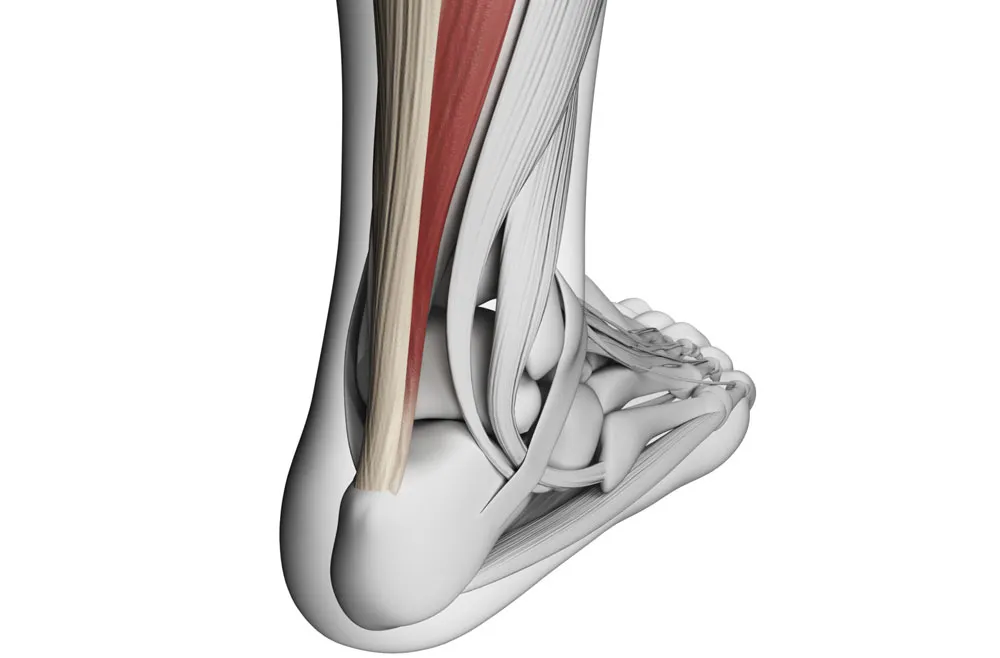
Back pain is a prevalent and often debilitating condition that can affect individuals of all ages and walks of life.
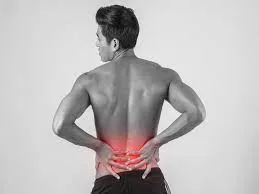
Arthritis is a common and often painful condition that affects millions of individuals worldwide. It's not a single disease but rather a group of more than 100 different types of joint-related conditions.
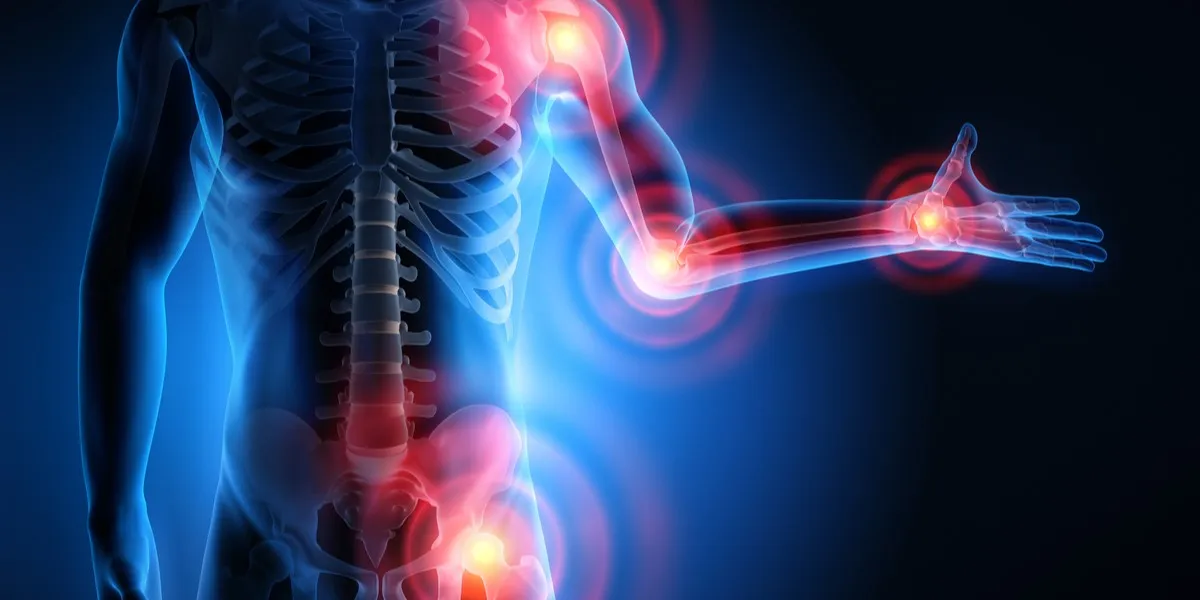
Ankle injuries are prevalent in the world of sports and can be a significant setback for athletes.
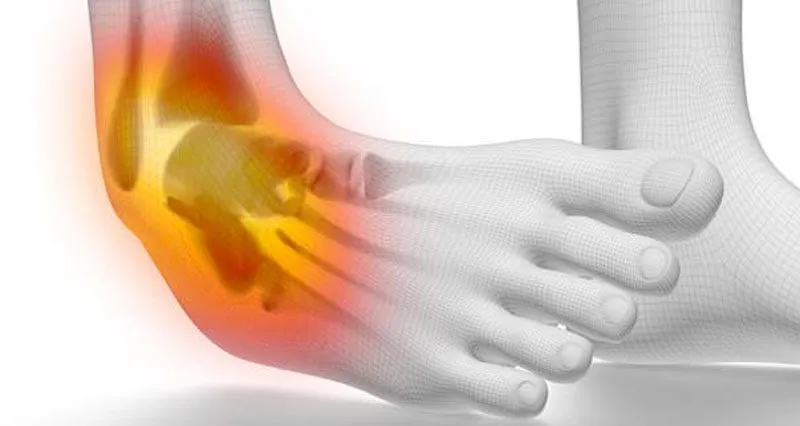
Amyotrophic Lateral Sclerosis (ALS), often referred to as Lou Gehrig's disease, is a progressive neurodegenerative disorder that affects nerve cells in the brain and spinal cord.
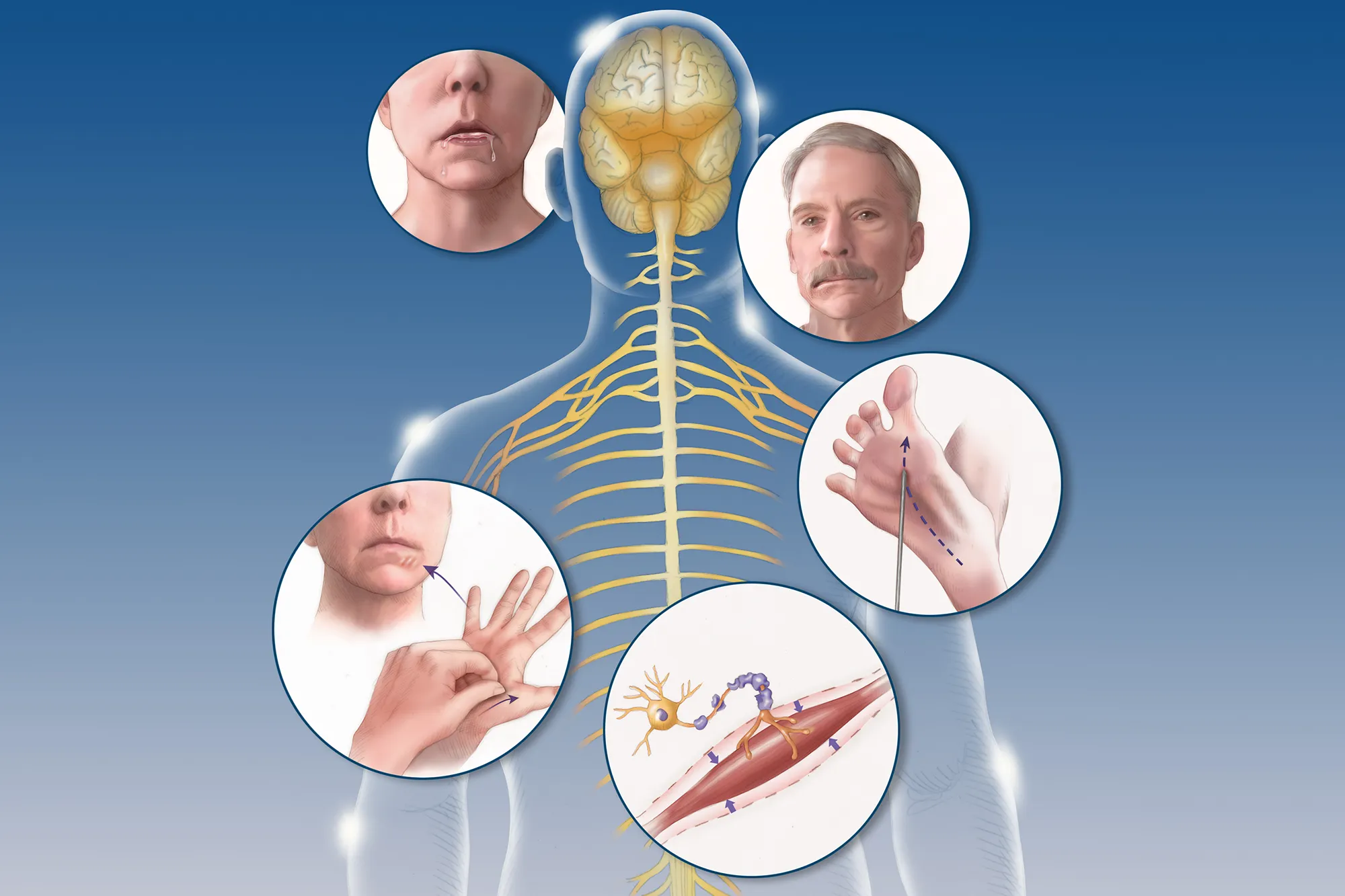
Degenerative Disc Disease (DDD) is a common condition that affects the intervertebral discs in the spine.
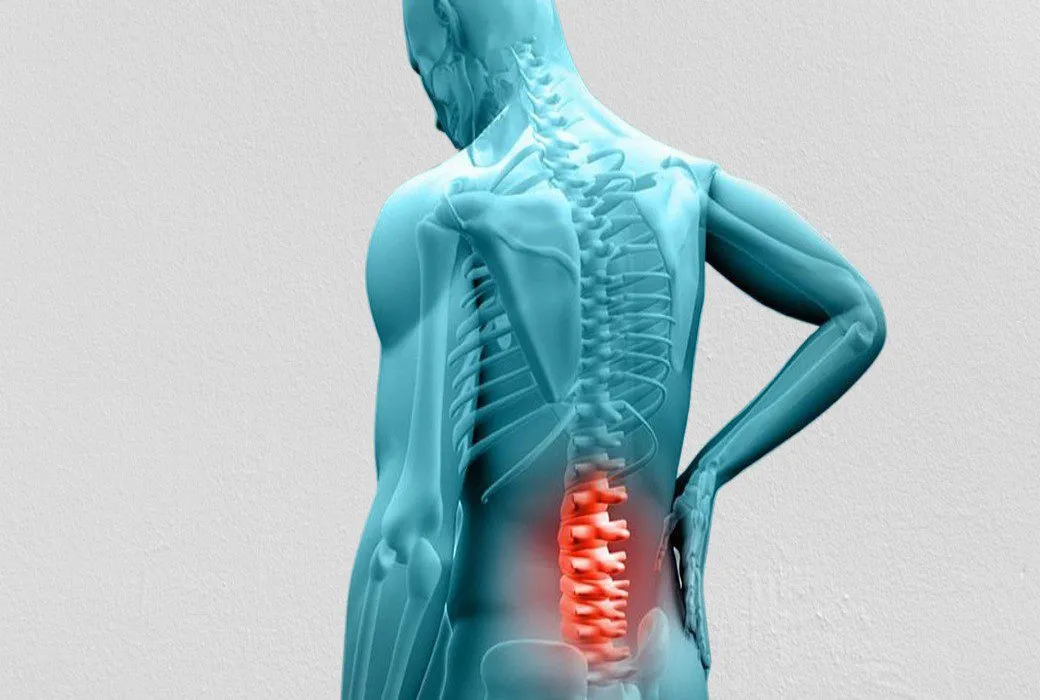
Myalgic Encephalomyelitis/Chronic Fatigue Syndrome (ME/CFS) is a perplexing and debilitating condition that impacts individuals, often altering their daily lives and challenging conventional understanding.
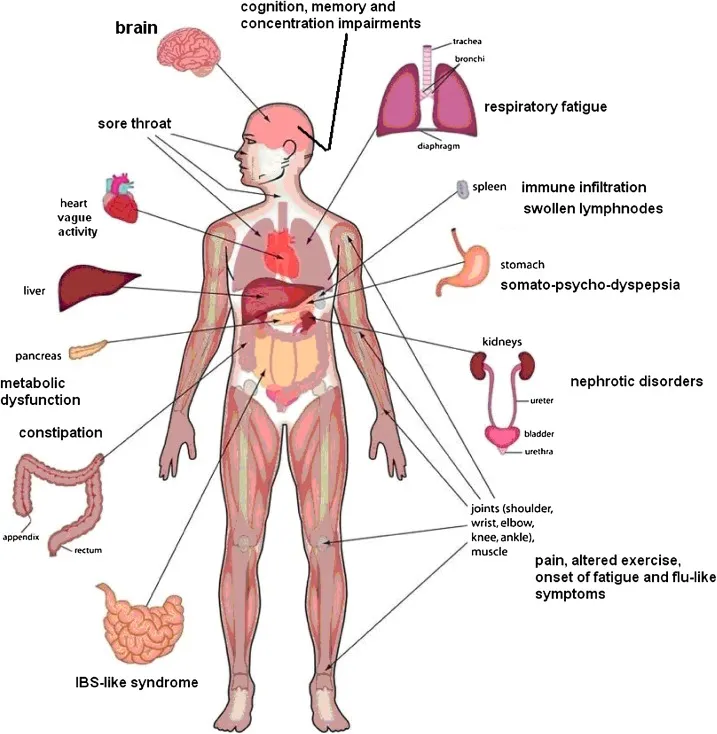
Muscular dystrophy encompasses a group of diseases leading to progressive muscle weakness and loss of muscle mass. The development of abnormal genes disrupts the production of necessary proteins crucial for healthy muscle function.
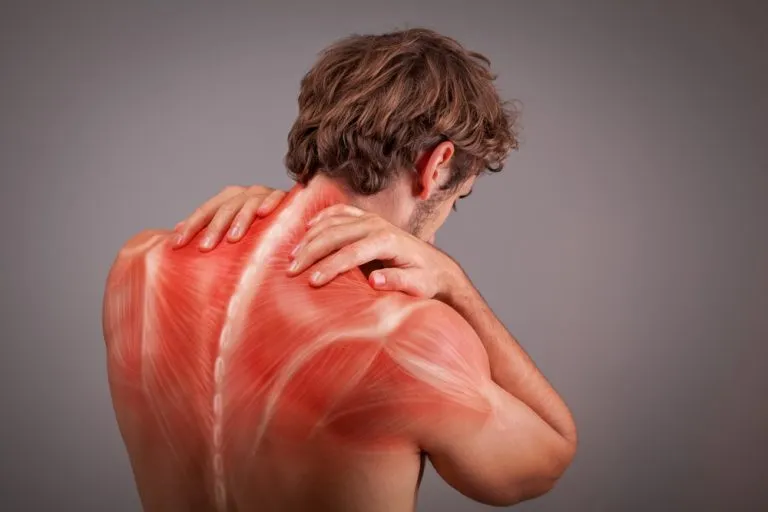
Fibromyalgia stands as a complex and often misunderstood condition characterized by widespread musculoskeletal pain, fatigue, and sleep disturbances
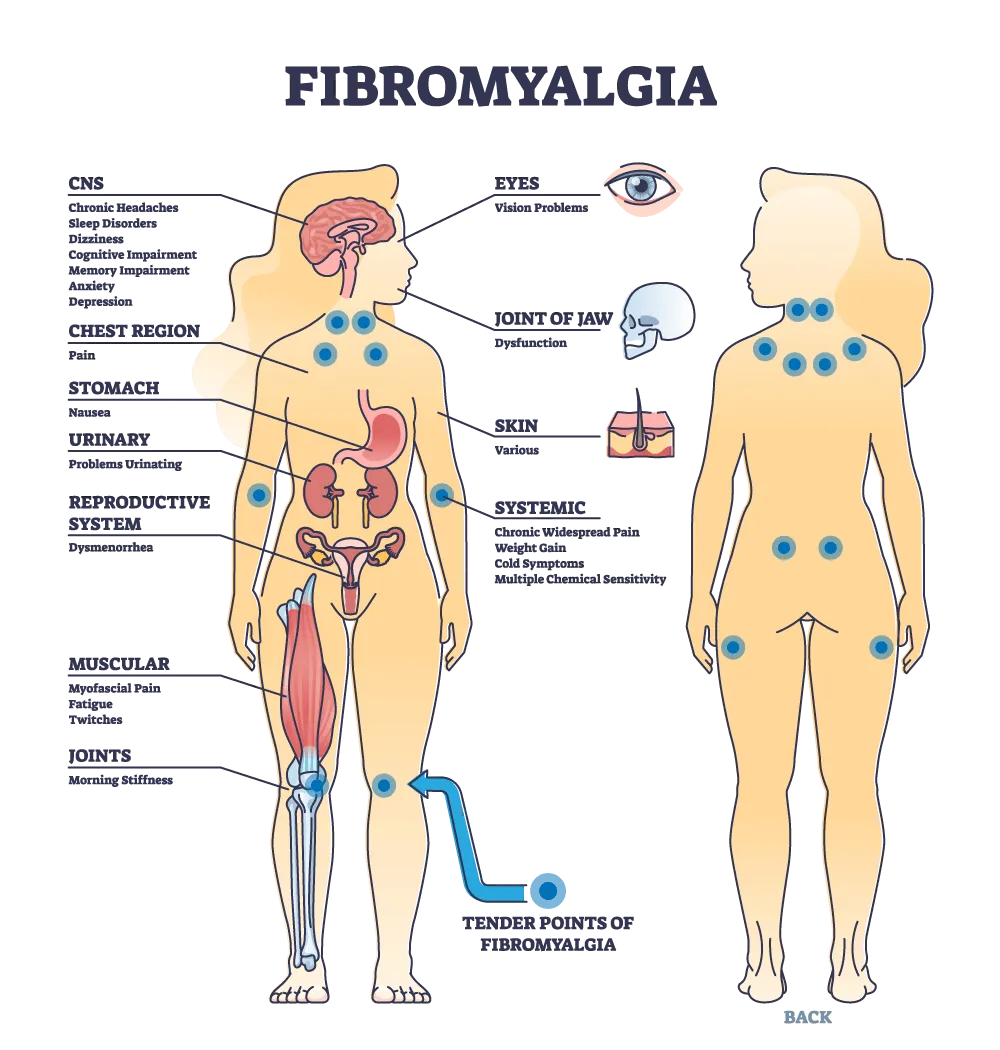
Bunions, medically referred to as "hallux valgus," are a common and often painful foot deformity that affects the joint at the base of the big toe.
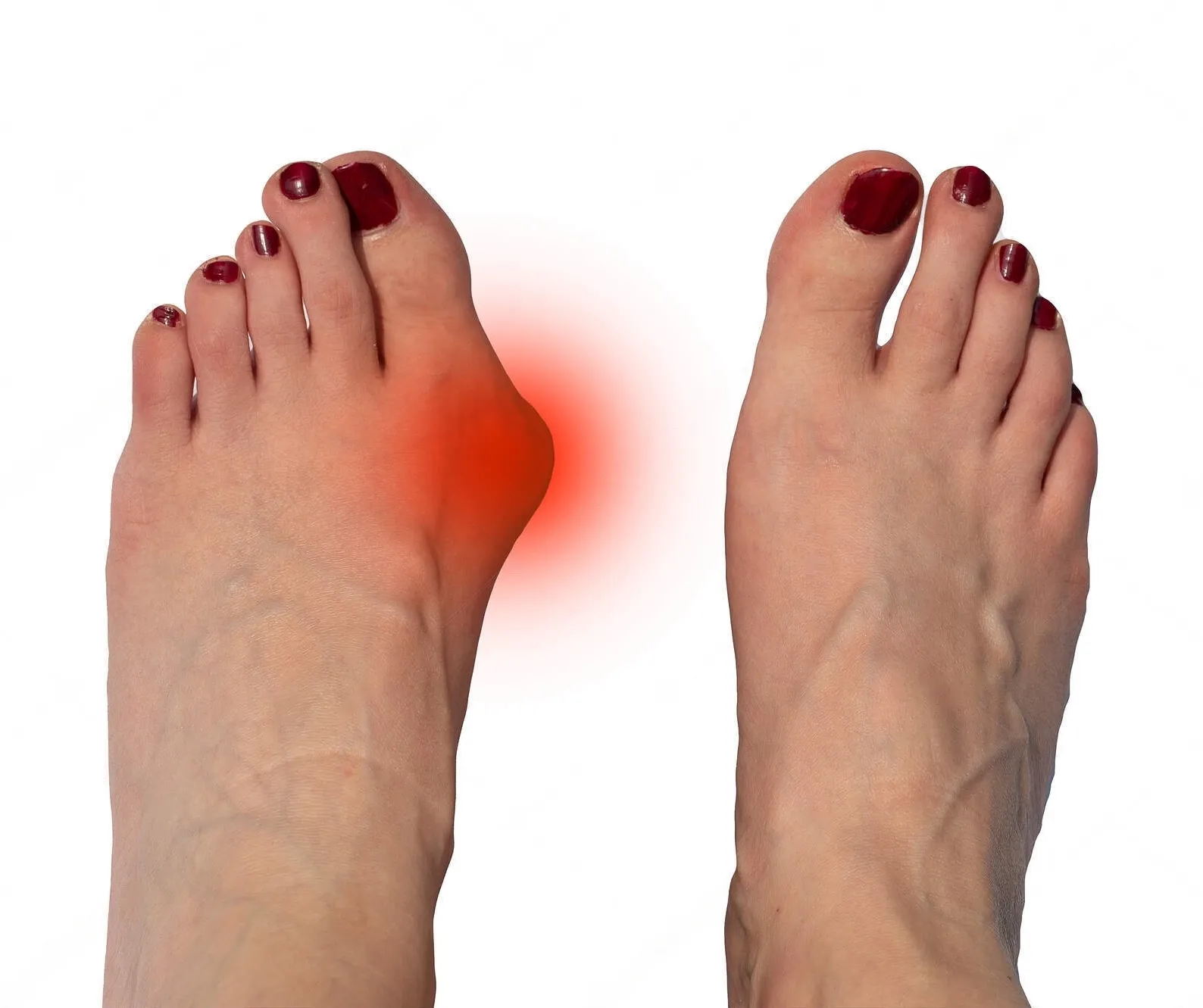
Herniated disc symptoms can be debilitating, causing pain, numbness, and mobility limitations.
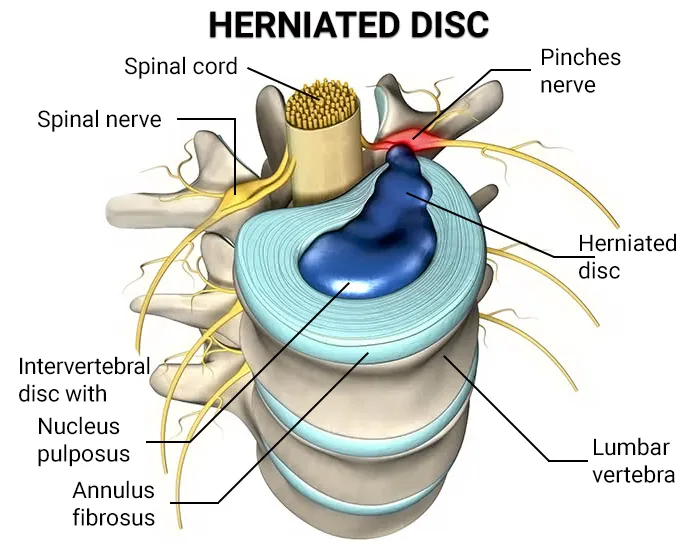
A heel spur is a bony growth that pokes out below your back heel bone inside of your foot. Heel spurs happen when stress and strain damages your foot ligaments.
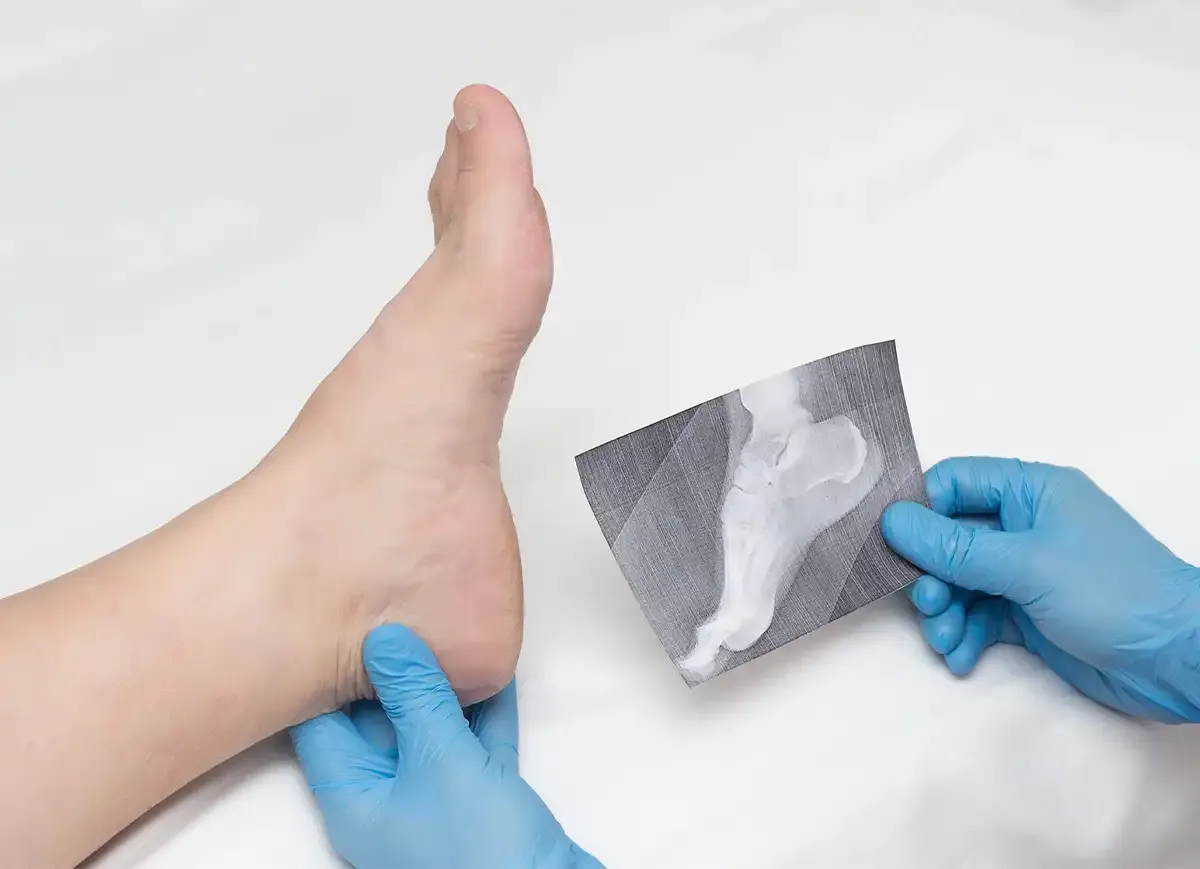
Knee pain is a widespread issue that can significantly impact a person's mobility and quality of life.Knee pain is a widespread issue that can significantly impact a person's mobility and quality of life.
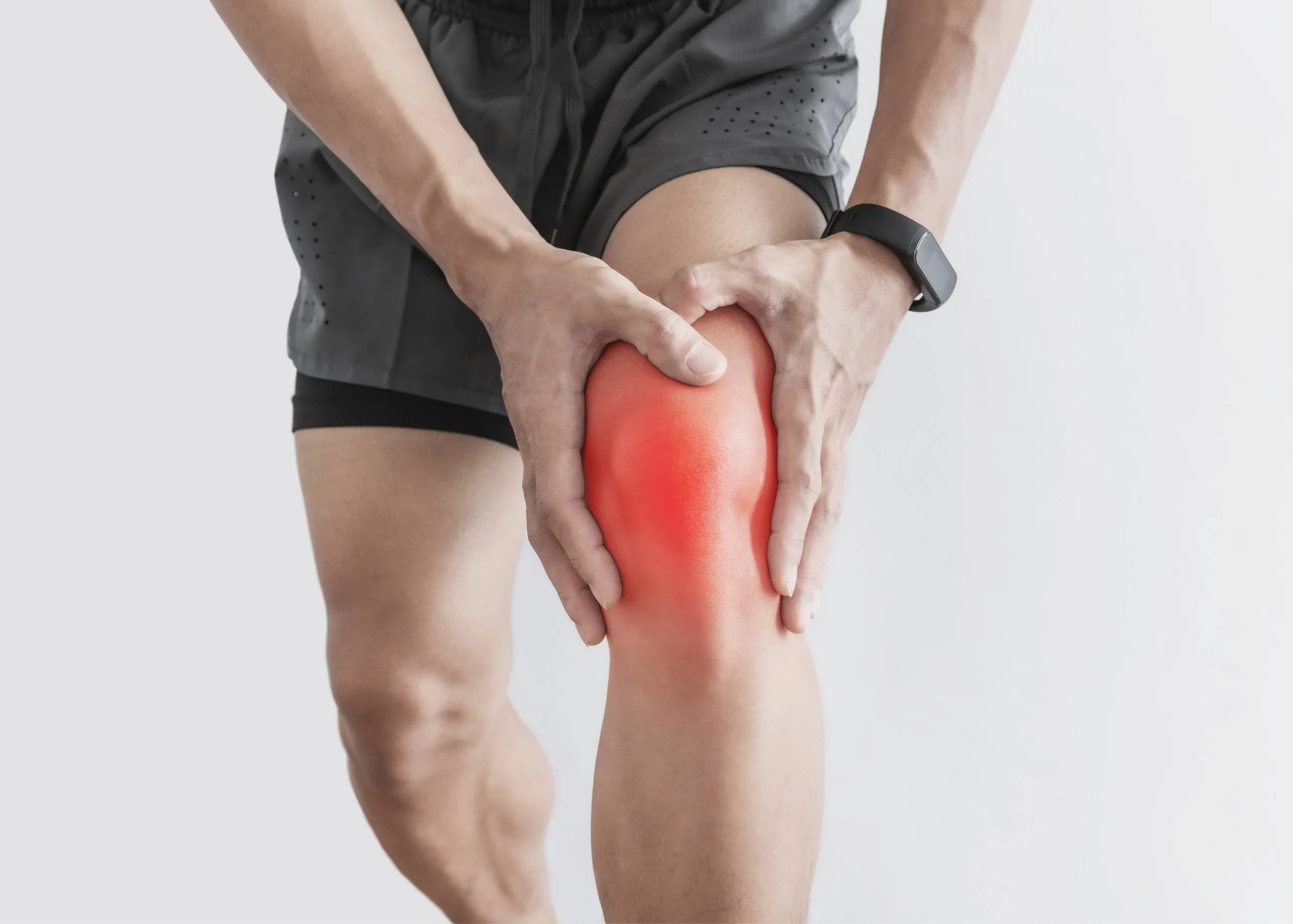
Heel pain can be a nagging and uncomfortable issue that affects many people. In this article, we will explore the various causes of heel pain, common symptoms associated with it, and the available treatments that can help you find relief and get back to your active lifestyle.
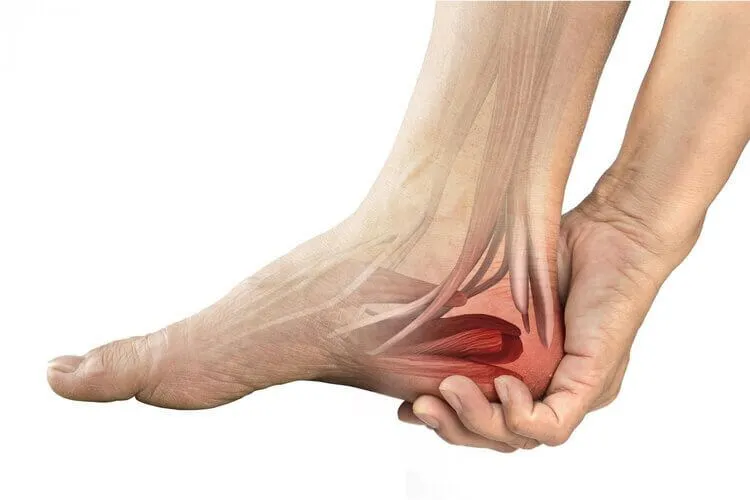
Military Neck, also referred to as Cervical Kyphosis, is a condition that affects the natural curvature of the cervical spine, resulting in the loss of its typical curve.
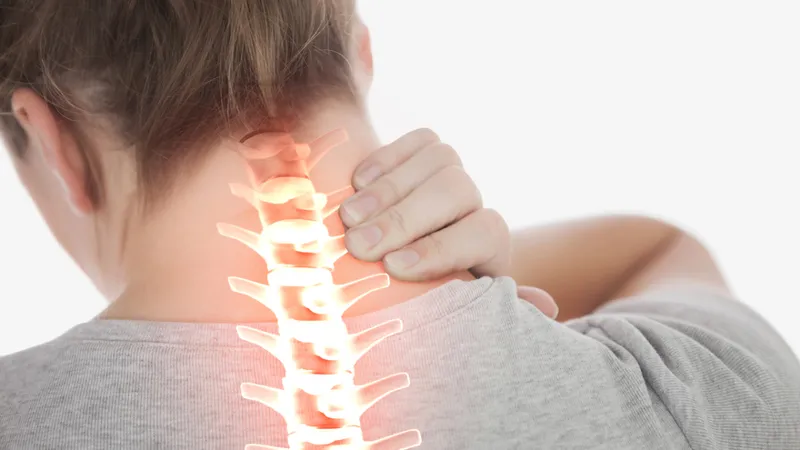
Migraines and headaches are prevalent neurological disorders that affect a significant portion of the population.
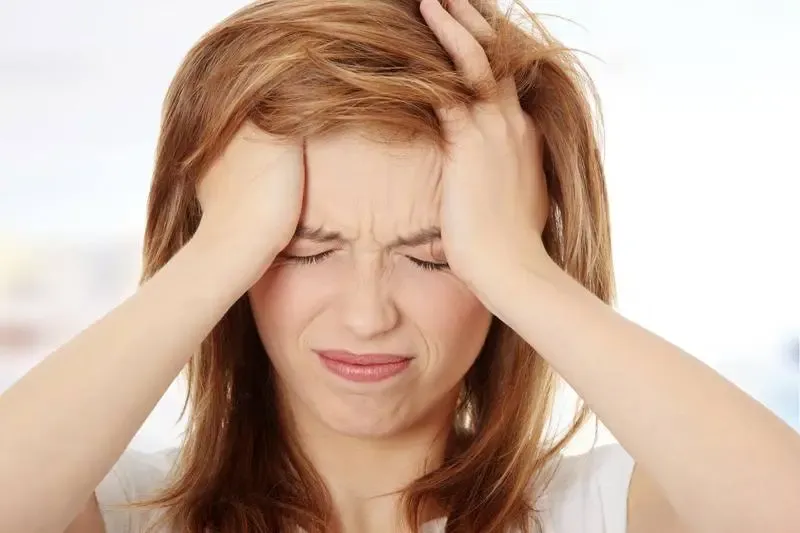
Lymphedema is a chronic condition characterized by the accumulation of lymphatic fluid, leading to persistent swelling, typically in the arms or legs.
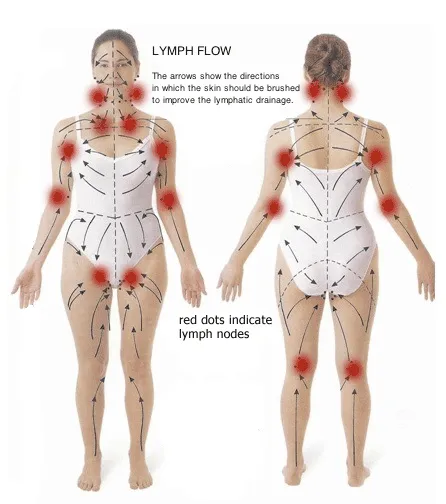
Plantar fasciitis is a common and often painful foot condition that affects millions of people worldwide.
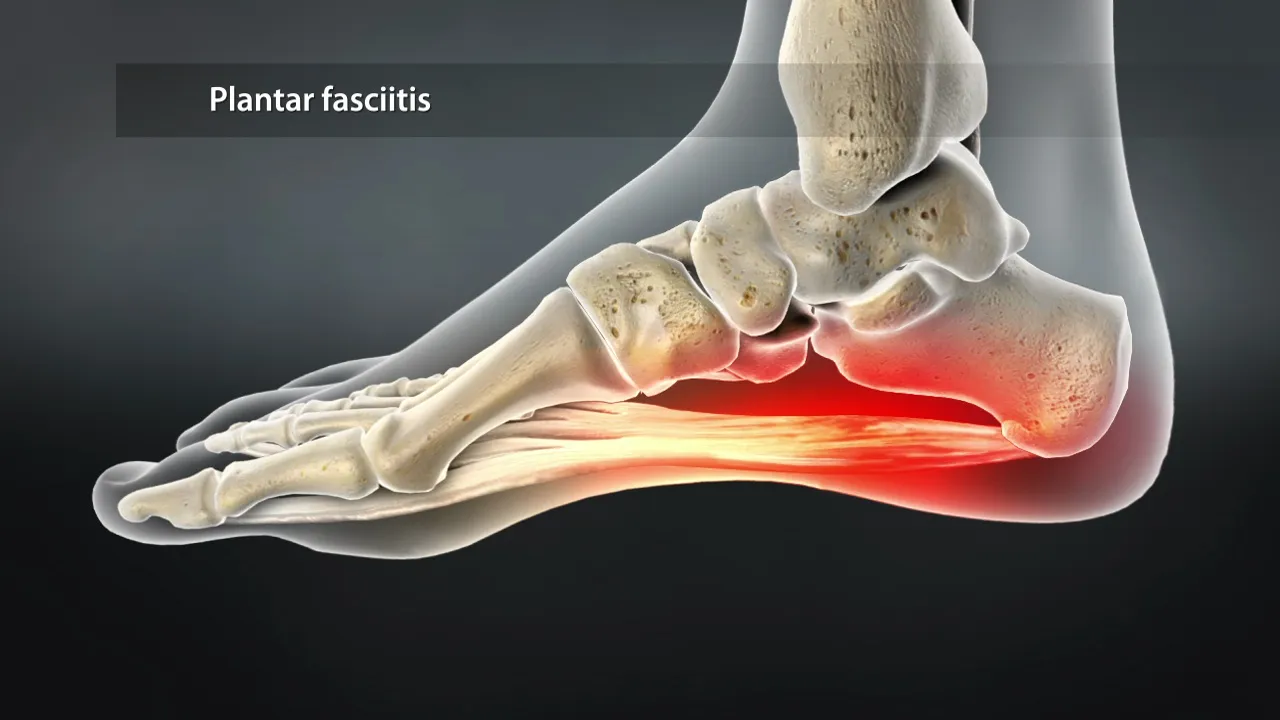
Piriformis syndrome is a perplexing condition, often overshadowed by more common sources of hip and lower back pain.
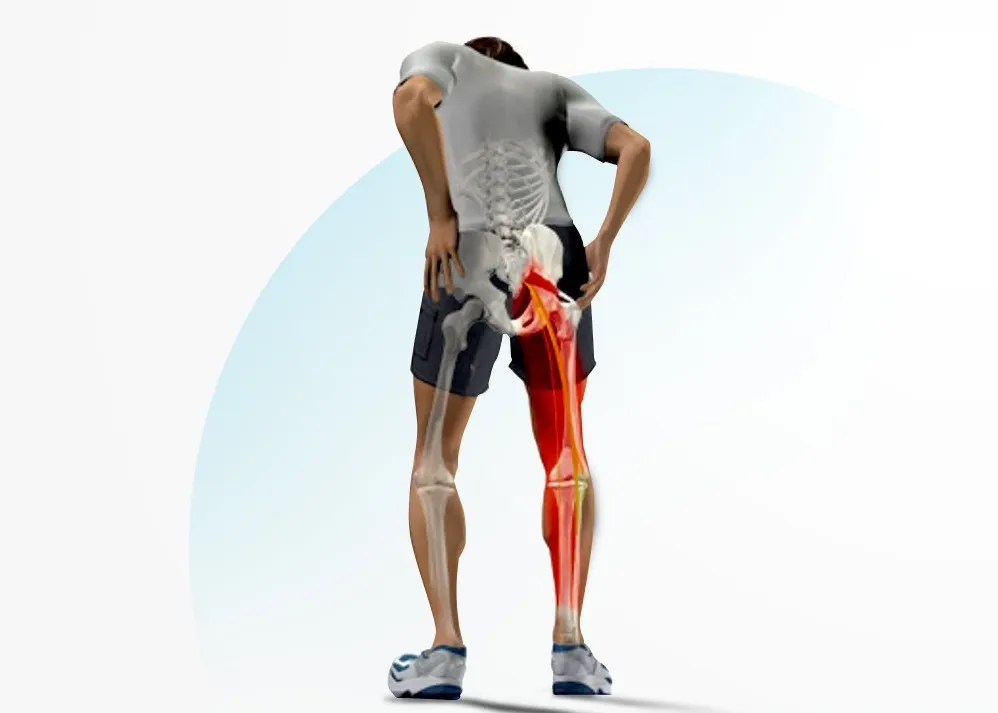
motor vehicle accidents (MVA) can result in a wide range of injuries, from minor bruises to severe trauma. in the aftermath of such incidents, seeking prompt medical attention is crucial for assessing and addressing any injuries sustained.

Sarcopenia is the gradual loss of muscle mass that can affect people in their 30s and beyond. WebMD explains its symptoms, causes, diagnosis, and treatments.
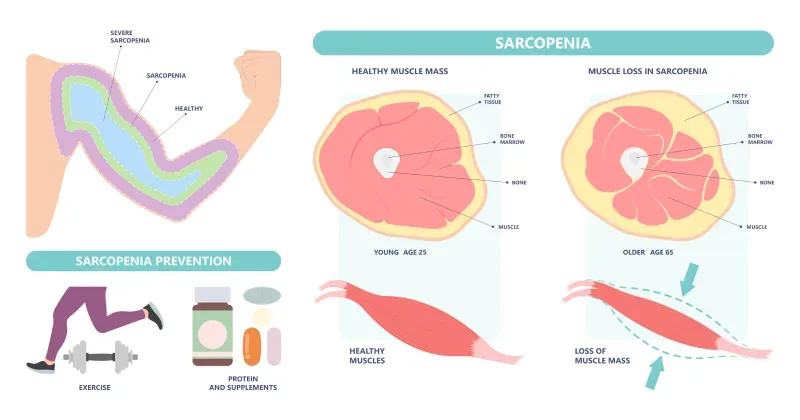
Spinal stenosis, a prevalent spinal condition, is characterized by the narrowing of the spinal canal, leading to discomfort and neurological symptoms.

The sacroiliac joint, a crucial junction between the sacrum and the ilium bones in the pelvis, plays a pivotal role in supporting the weight of the upper body.
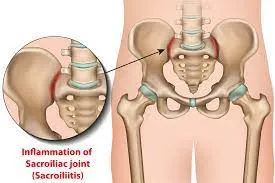
A rotator cuff injury can be a painful and limiting condition, impacting the functionality of the shoulder.
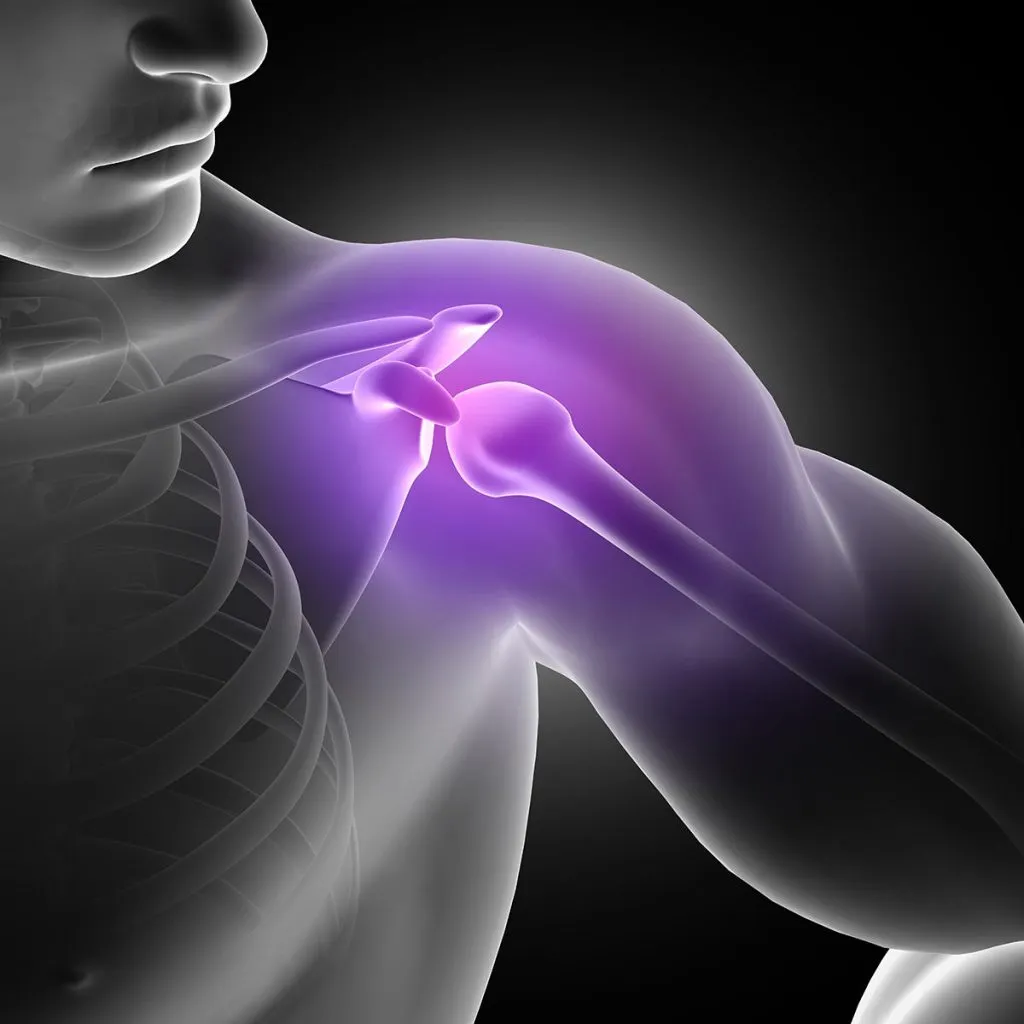
Suffering from lower back pain from sitting? It could be from poor ergonomics in your workplace. Learn more with these tips for how to alleviate pain from sitting.
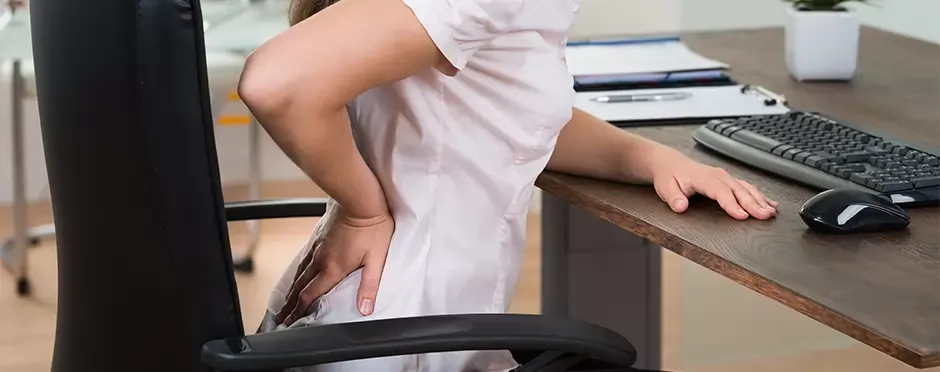
Sciatica is a painful and often debilitating condition that affects numerous individuals worldwide.
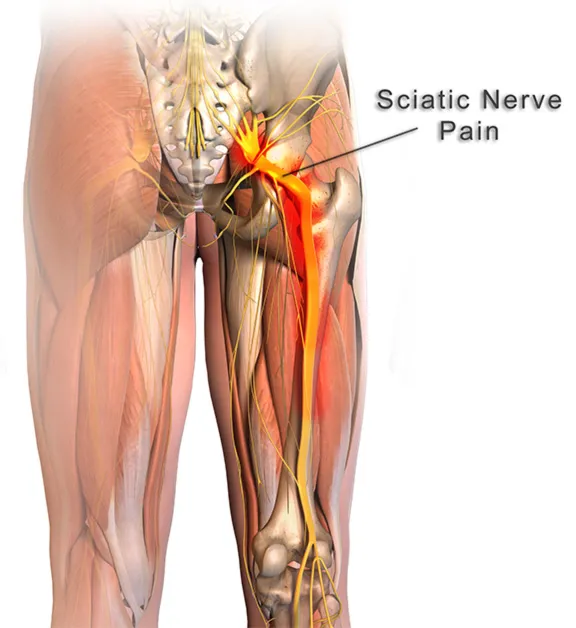
Gluteal tendinopathy is a condition that affects the tendons in the gluteal region, leading to pain and restricted mobility.
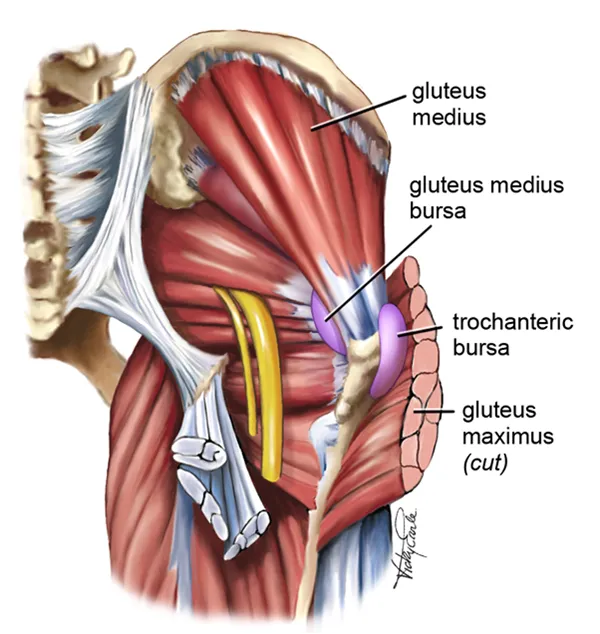
Tennis Elbow, also known as Lateral Epicondylitis, is a painful condition that affects the tendons in the forearm, causing discomfort and limited mobility in the elbow and wrist.

The temporomandibular joint (TMJ) serves as a pivotal mechanism, allowing us to perform everyday activities such as speaking, chewing, and yawning with ease. However, when this complex joint encounters issues, it can lead to Temporomandibular Joint Syndrome (TMJ syndrome).
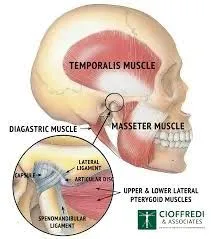
Tarsal Tunnel Syndrome (TTS) is a common and often painful condition affecting the tarsal tunnel—a narrow passage in the ankle.
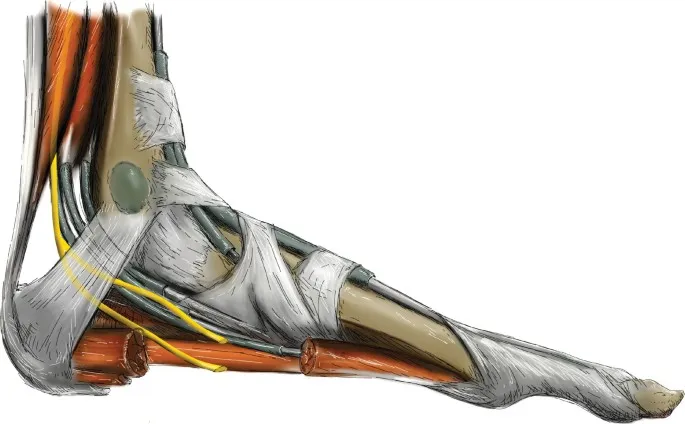
Explore the impact of time-restricted eating on heart health. Learn about the connection between diet and cardiovascular risk.
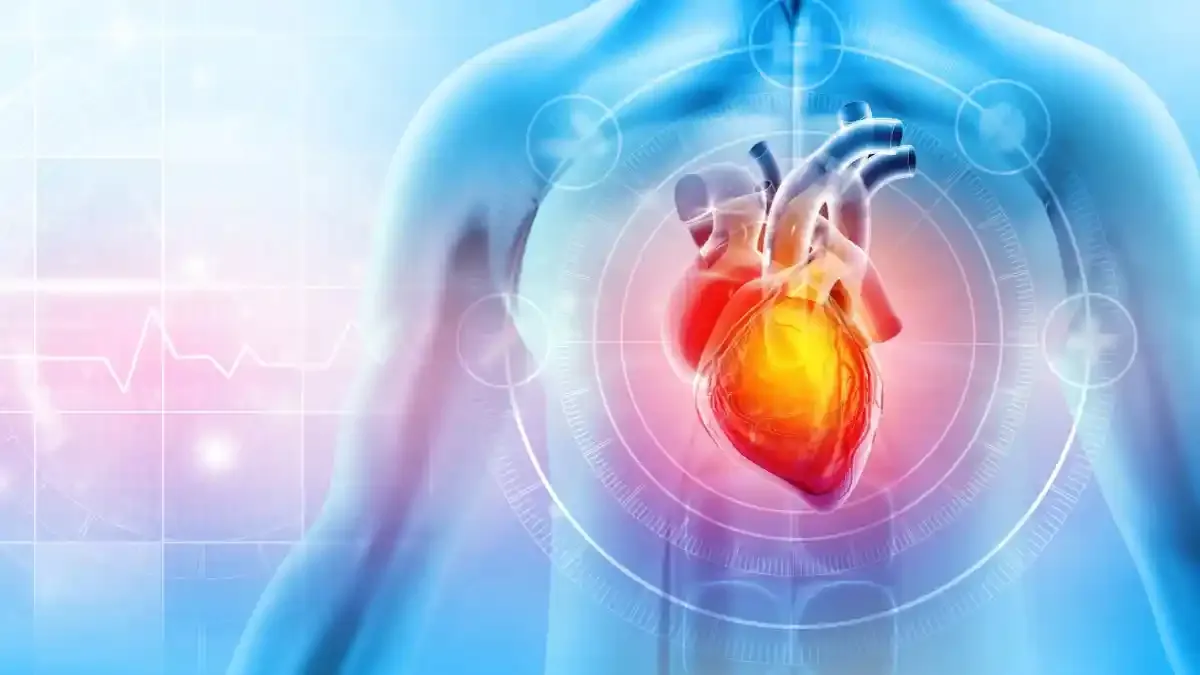
Most cases of foot or ankle pain are short term and are caused by soft tissue injuries, such as sprains or strains. You can usually ease the pain yourself But see York Rehab Clinic if the pain does not improve.
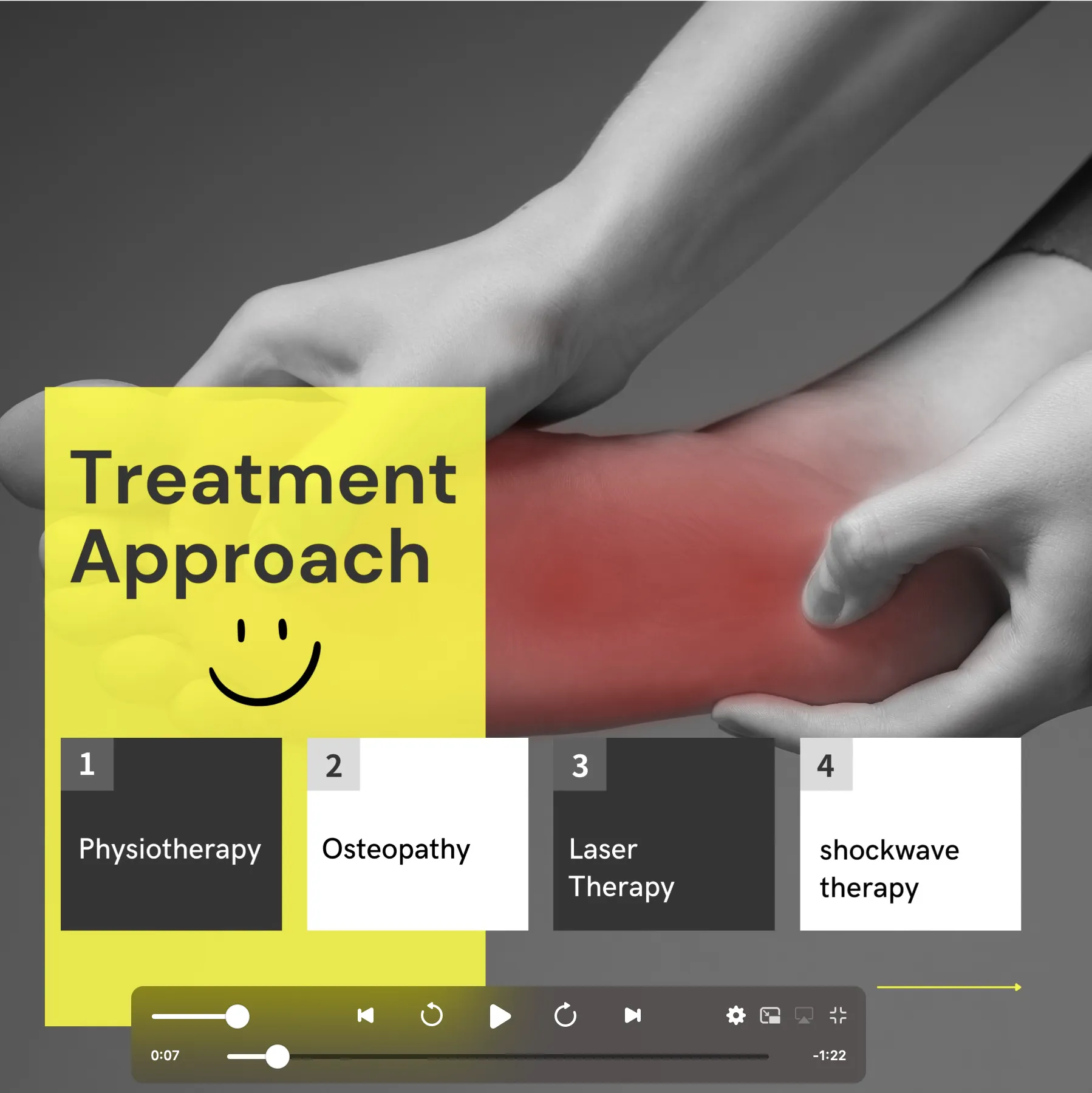
Bow legs is a genetic condition where the knees bow outward when standing. Learn its symptoms and causes at York Rehab Clinic.
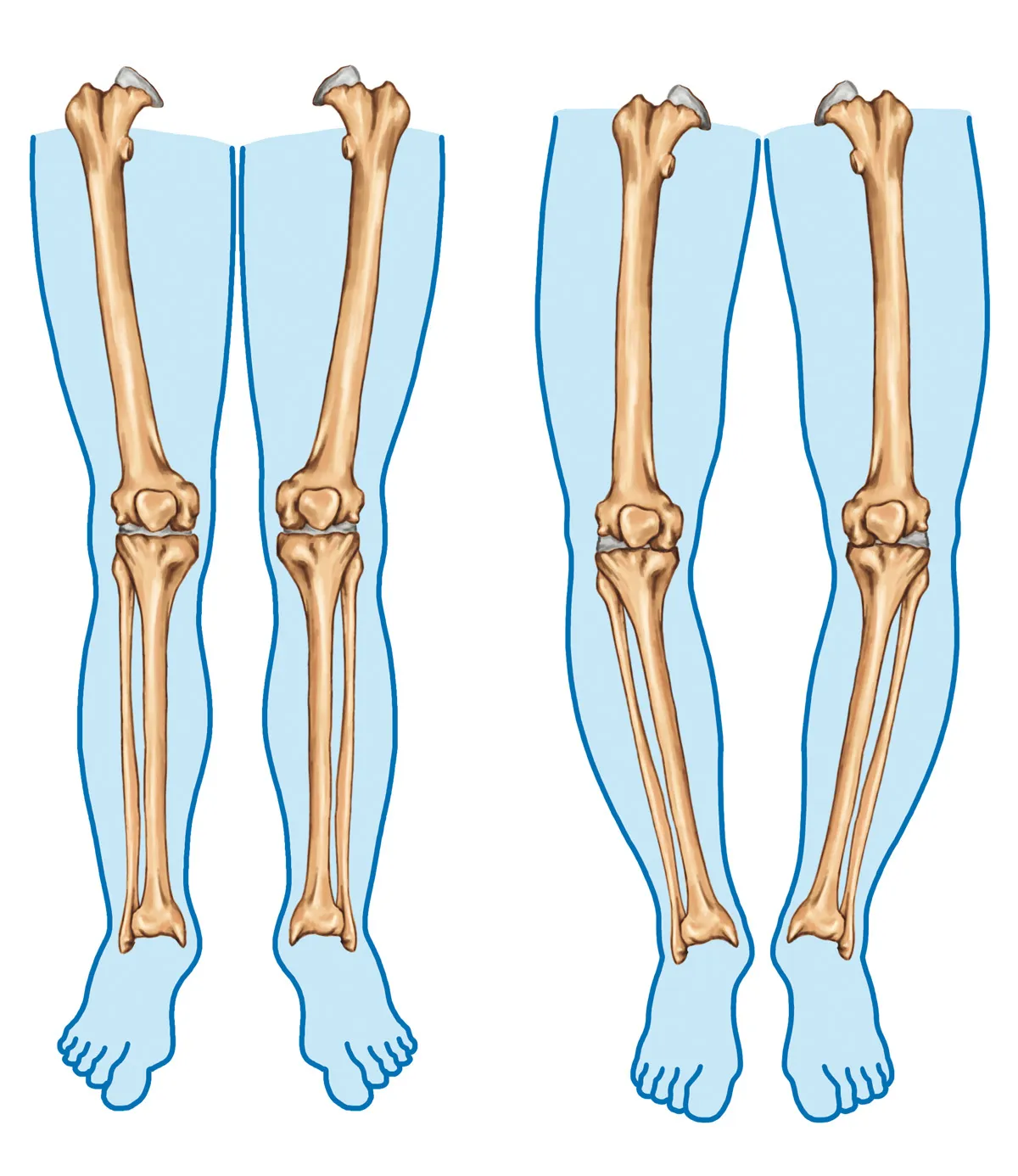
This article explores the complexities of Parkinson’s Disease and sheds light on the therapeutic benefits offered by osteopathy and physiotherapy.
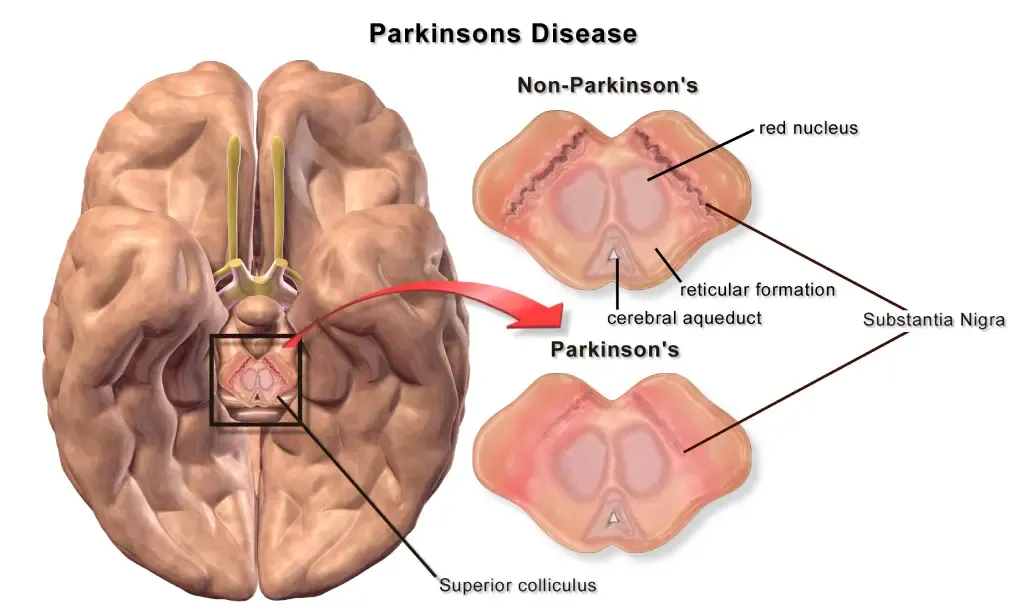
Cervical spondylosis, a prevalent condition, unfolds as a result of wear and tear on the spinal discs in the neck.
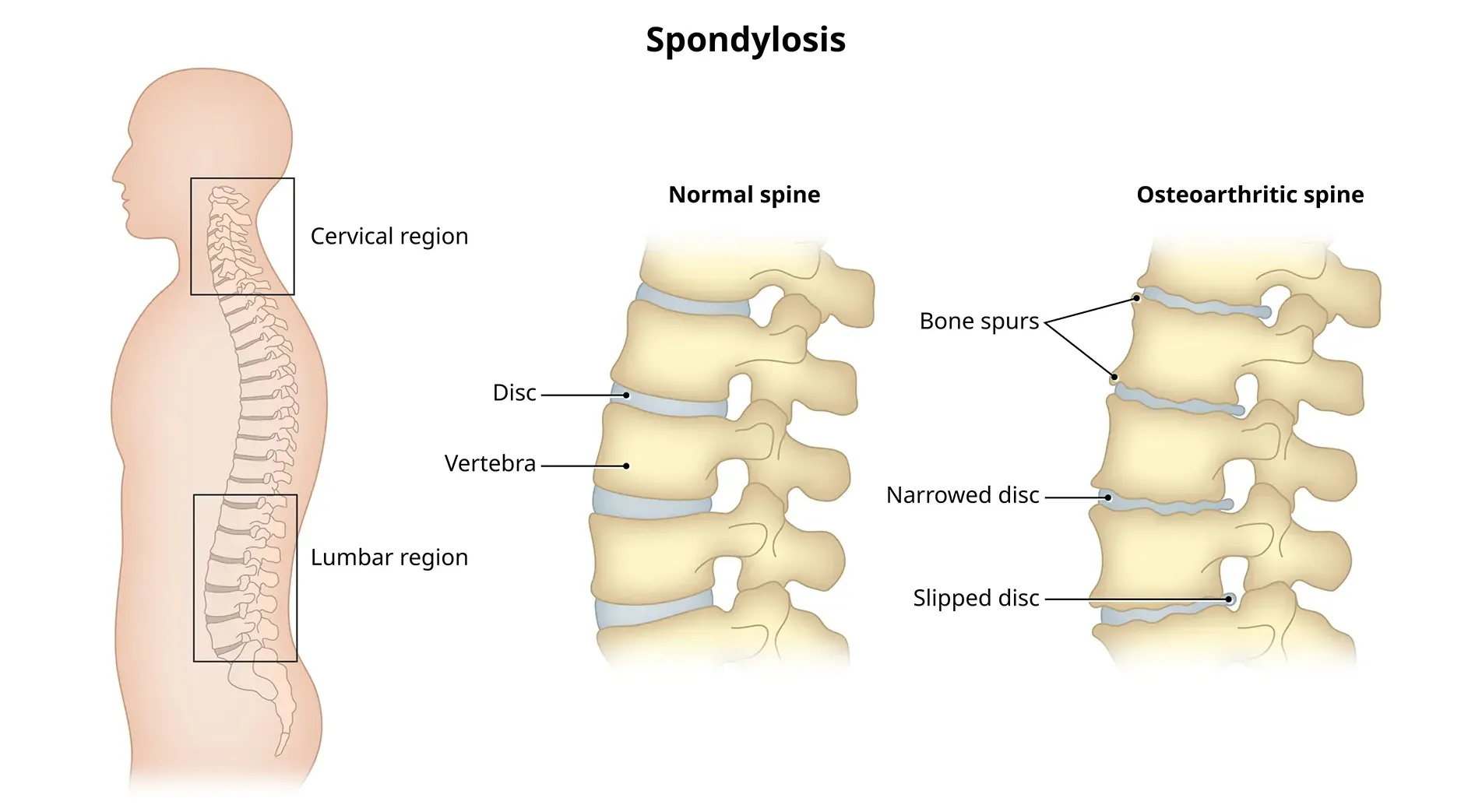
Flat feet cause pain, muscle strain, and fatigue. Treatments can ease discomfort. Symptoms include ankle pain, muscle fatigue and changes in walking.
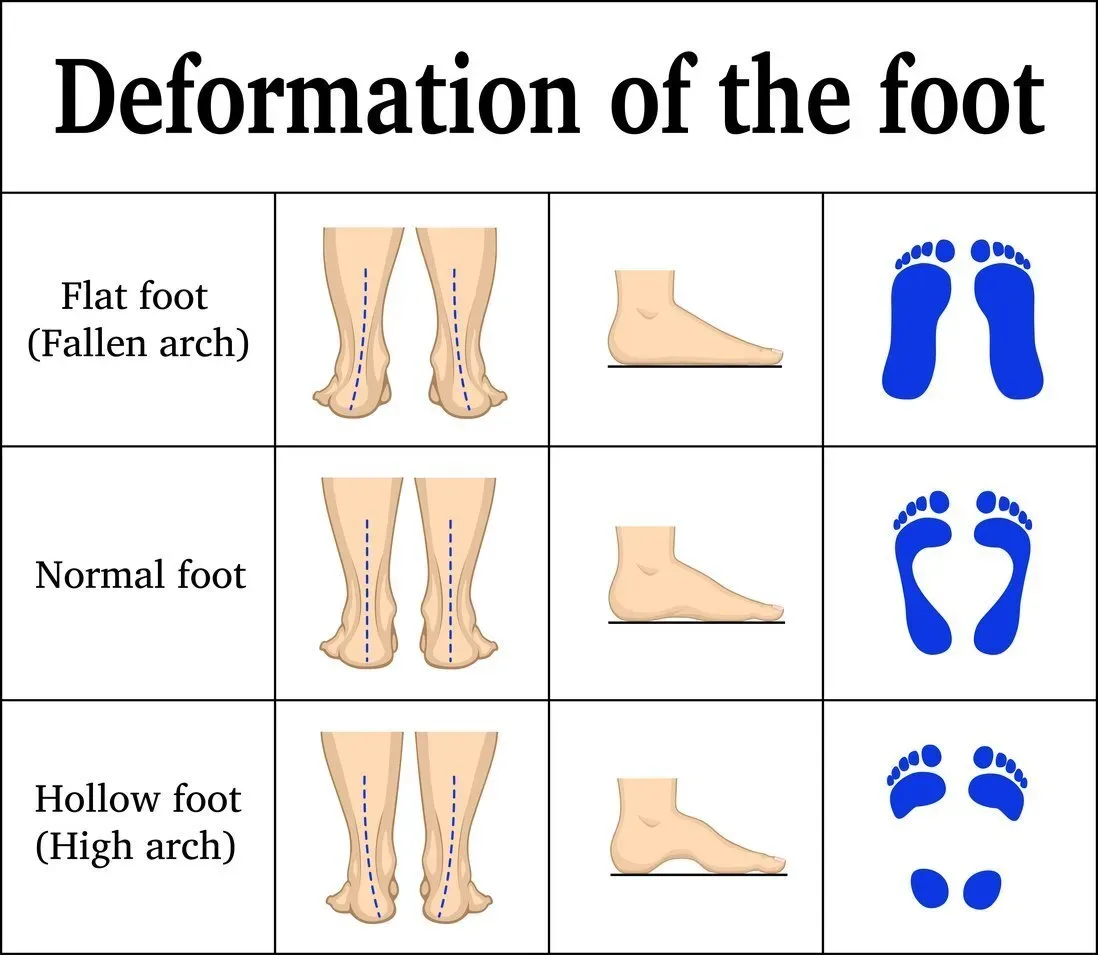
Traumatic brain injury (TBI) often results from a violent blow or jolt to the head or body, causing various physical and psychological effects.
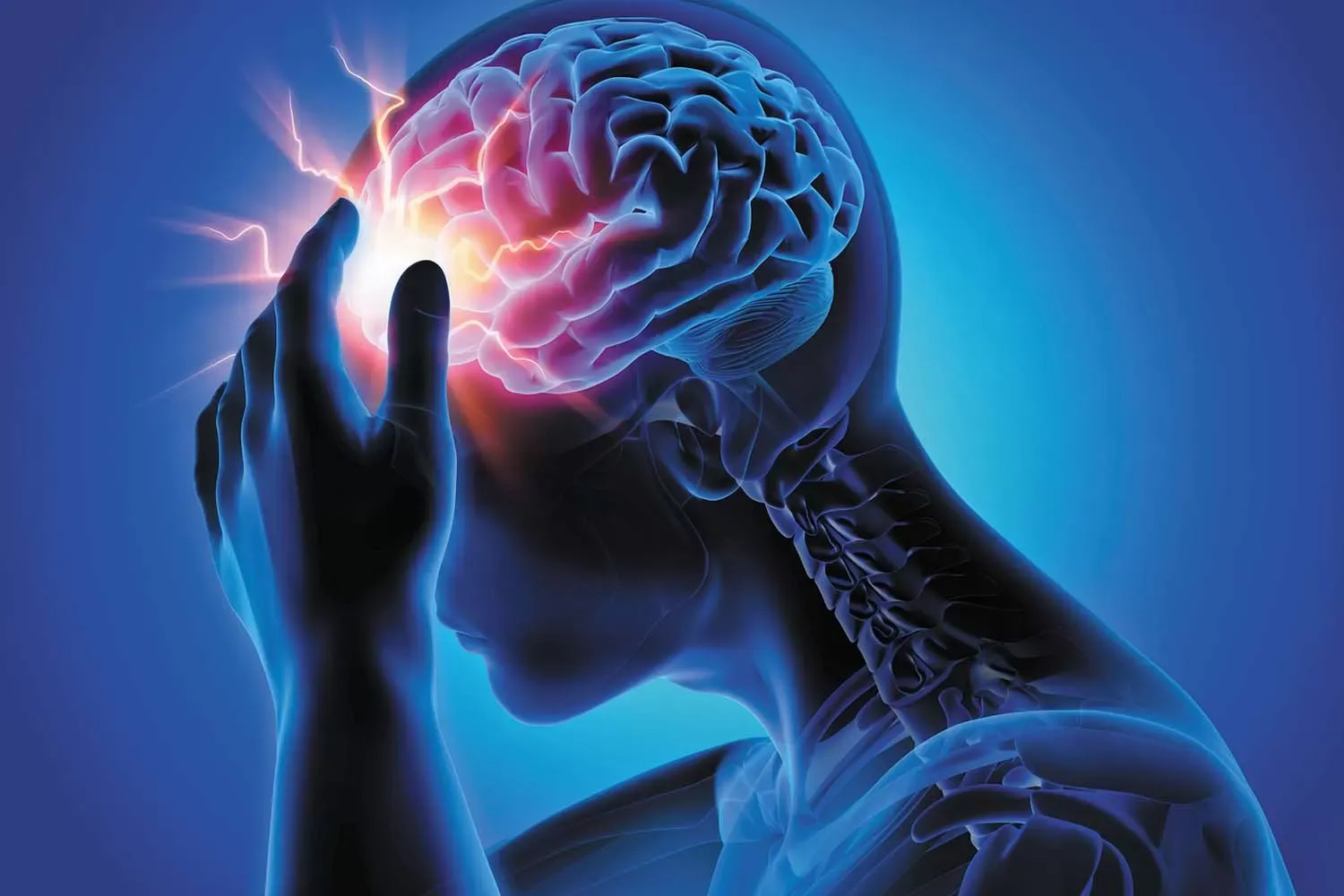
Introduction: Neck stiffness can be a discomforting and limiting condition that affects people of all ages.
